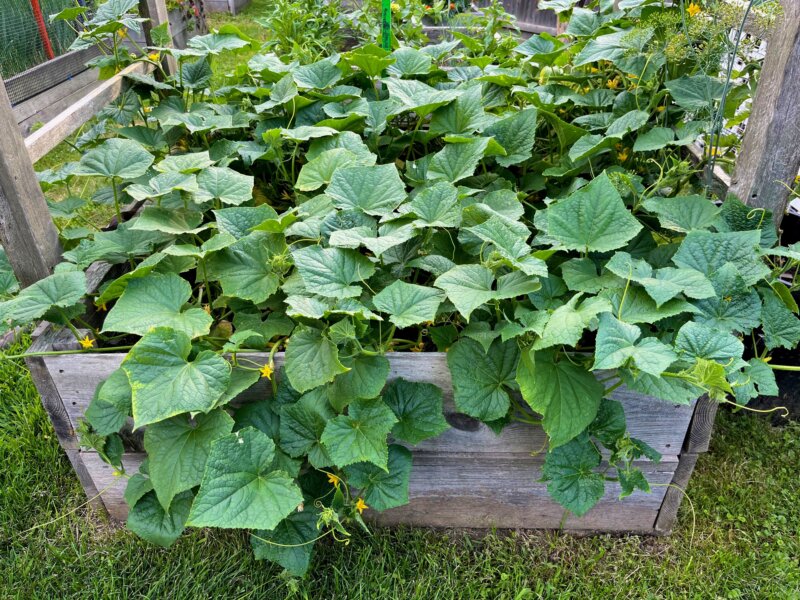Maximize enjoyment and minimize effort with no-till raised beds

No-till gardening in raised beds, a practice in which the soil structure is never tilled or turned over, is a low-maintenance approach that will help build healthy, fertile soils for healthy plants and good yields.
Raised beds are a great way to minimize effort and maximize enjoyment of vegetable and flower gardens.
Plants grown in raised beds are easier to access because they are higher off the ground and have less surface area that needs to be weeded. The compact size also limits the space and number of plants you can grow.
One issue is that it can be difficult to maintain fertility and essential nutrients in raised beds. The best way to determine what nutrients are needed is to take a soil test. Soil samples can be collected and submitted to the University of Vermont Agricultural and Environmental Testing Lab.
It is best to request a saturated media test for $25 since soil in raised beds are more like high tunnel or container gardening soils as opposed to field soils. For information.
Another way to keep the soil in raised beds healthy is to experiment with no-till gardening. A no-till approach means that the soil structure is never tilled or turned over, staying intact year-round. When cut back, plants that are grown in the beds are returned to the soil to break down and provide nutrients.
To start a no-till raised bed, in the spring, add 1-2 inches of compost to the top of the soil without mixing it in. Plant your garden in the compost.
In the fall, cut back your plants without pulling up the roots. Disease-free plant material can be cut into smaller pieces and spread over the surface of the bed to break down through the winter.
Plant a cover crop such as grain rye in the bed or add a layer of straw, hay or leaves to protect the soil through the winter. Wood chips also may be used but will take longer to break down, so should be used sparingly.
By the following spring, the organic material will have broken down. Without disturbing the soil, apply another one to two inches of compost on top without mixing it in, and then plant your garden in this.
Over time, the layers of organic material will break down and boost soil fertility and structure, providing healthy, strong and delicious produce for your table.
Looking for more details? Check out this University of New Hampshire Cooperative Extension article or your local library for books on the subject.
(Bonnie Kirn Donahue is a University of Vermont Extension master gardener and landscape architect from central Vermont.)

